Tasting and Evaluation of Guatemala Fine Coffee Bean
Guatemala is one of the most important coffee producing countries in Central America, with long mountains and different regional climates, thus creating eight major coffee producing areas in Guatemala, all located on the highland topography of the subtropical climate, with abundant and stable rainfall and fertile volcanic ash soil is an excellent environment for coffee trees to grow.
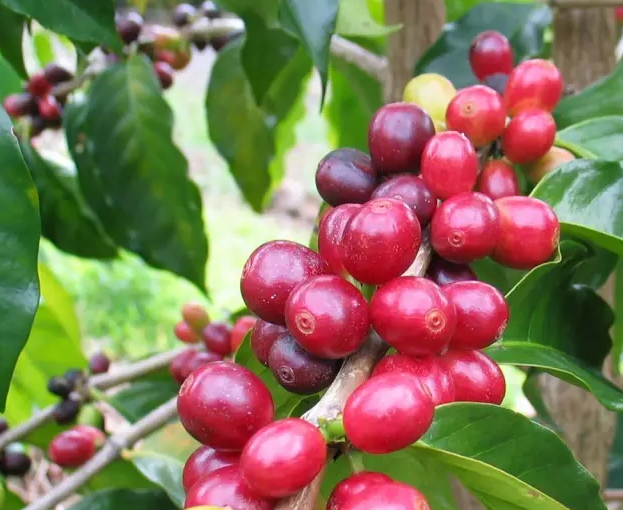
[Plan del Guayabo] is located next to the Volc á n de Suchitn volcano, which means "guava plain" in Spanish. It is named because of the large number of guava trees planted locally. The estate is owned by Benjamin Donado (Mr. Benjam í n Donado). The Donado family has been engaged in coffee production since 1990 and has been producing coffee for more than 20 years. Before that, local farmers were so strange to coffee production that it was hard to imagine planting coffee trees in such a steep and high altitude environment, but now it has been proved that Benjamin made the right choice to produce high quality coffee beans with different varieties and different processing methods.
In the early New Oriente region of Guatemala, it was common for berry buyers to regularly buy coffee cherries from farmers and then resell them to larger middlemen, where they were resold to the town of Esquipulas, where they were mixed with other batches to form a large batch of SHB that could not be traced back, and finally sold around the world under the name New Oriental (New Oriente). In view of this, more and more international raw bean traders are trying to change this situation, working with local partners to produce coffee raw beans with excellent flavor and traceable origin, breaking the traditional vicious circle. Guava Plain Manor is one of the important members.
The name New Oriental is located in the easternmost part of Guatemala. Unlike Antigua, which is less than an hour's drive from the capital, New Oriental has to drive straight to the easternmost border with Honduras. Plan del Guayabo is located next to the Volc á n de Sucht á n volcano, which means "guava plain" in Spanish. It is named because of the large number of guava trees planted locally. The estate is owned by Benjamin Donado (Mr. Benjam í n Donado). The Donado family has been engaged in coffee production since 1990 and has been producing coffee for more than 20 years. Last year, a small amount of washed SL28 was produced in the guava plain, but this year, in cooperation with traders, new batches of sun-dried wine with unique flavor have been added. When cooperating with traders in this series, we have also communicated on the spot about the harvest standards and sun treatment methods (such as turning and drying days). From the results, it can be said to be a very happy harvest. In particular, SL28 is still a rare variety in Central America.
SL28, which originated from Lake Tanganyika in East Africa, was discovered in 1931. It has broad and reddish leaves, can adapt to high altitude environment, and has excellent drought and disease resistance. Its yield is higher than that of traditional tree species, and its flavor is unique. Wine sun flavor: pineapple, cantaloupe, dried apricot, sugared lemon peel, Bordeaux wine, green tea and cinnamon spices, full of sweetness and smoked plum aromas.
Each region has its own climate change, so the coffee beans in each region have their own characteristics, but to sum up, Guatemalan coffee has a mild and mellow overall texture and elegant aroma. With similar hot and pleasant acidity such as fruit acid, Guatemala has become an aristocrat in coffee.
Guatemala Plan del Guayabo Estate SL28
[country]: Guatemala
[producing area]: new Oriental
[manor]: guava Plain Manor
[producer]: Mr. Benjamin Donado
[treatment]: wine-scented sun treatment
[variety]: SL 28
[altitude]: 1675 m
[flavor]: pineapple, dried apricot, red wine
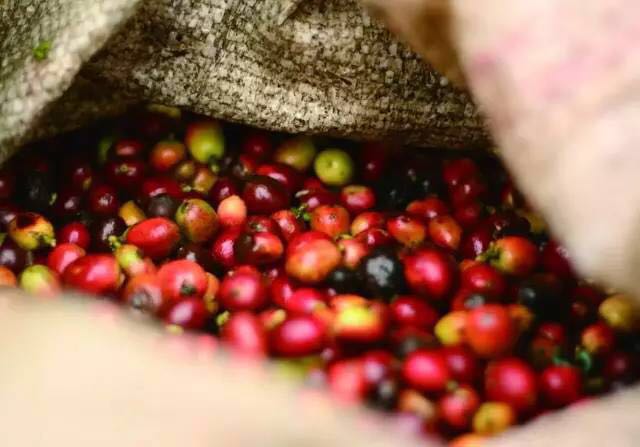
The characteristics of Guatemalan coffee:
Compared with other kinds of coffee, tasters prefer this mixed flavor coffee, which grows at high altitude and has a spicy flavor. The extra hard coffee beans here are a rare good coffee with full grains, delicious taste and balanced acidity.
Flavor: full-bodied, rich and attractive taste
Suggested baking method: medium, can also be deep baking
★★★: excellent
The Guatemalan coffee market:
The export of Guatemalan coffee is controlled by private companies, but the National Coffee Council (AsociacionNacionaldeCafe) controls other sectors of the coffee industry. At present, some of the best quality coffee from Guatemala is exported to Japan.
Most small-scale producers are descendants of the Mayan, who like to be called locals. Currently, they are also benefiting from a U.S.-funded project, known locally as "TheProject", which encourages the opening of small, high-quality coffee plantations.
Ekataru Valley
Rising to 2000 meters (6500 feet), with dense shade and unique ecology, the nearby Fuego volcano erupts, making its coarse, sandy soil rich in a variety of minerals. Temperate sea breezes from the Pacific and a seasonal climate allow coffee in this region to be dried by sunlight and processed according to traditional family methods that have been accumulated over the years.
[characteristics] the acidity is obvious, the dry and wet fragrance is remarkable and pleasant, the alcohol thickness is good, and the aftertaste is clear and long.
Koban of Rainforest
It is cloudy and rainy all the year round and the climate is cool. The vast majority of Koban coffee in the rainforest is grown in the obviously undulating and foggy mountains of the region and is deeply influenced by limestone and clay in the Atlantic basin. Koban has two seasons: the rainy season and the rainy season.
[characteristics] obvious fresh fruit flavor, balanced mellow thickness, pleasant aroma.
Antigua
Rich volcanic soil, low humidity, plenty of sunshine and cool nights are the characteristics of this producing area. The valley is surrounded by three volcanoes: Agua, Fuego and Acatenango. Volcanic ash from the eruption makes the soil of Antigua rich in minerals. Volcanic pumice can maintain humidity and overcome the lack of rainfall in Antigua; dense tree shade protects against occasional frosts.
[features] it is rich in damp fragrance, good balance, high sweetness and elegant taste.
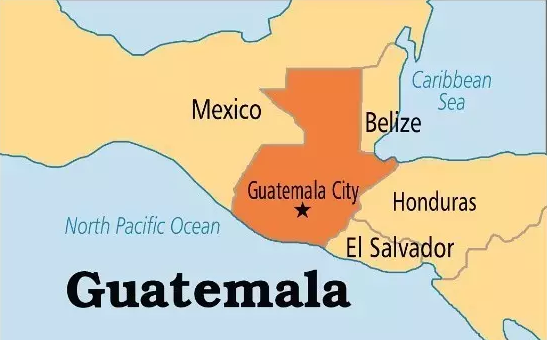
Tiny Nanguo Highland
Of the three major non-volcanic coffee-producing regions in Guatemala, the Weitango Highlands has the driest climate and the highest elevation. The dry and hot wind from Mexico's Tehuantepec plateau protects the coffee from frost and can be grown to 2000 meters (6500 feet). Because of its remote location, all coffee farmers have to process their own coffee. Fortunately, there are so many streams in the area that small processing plants can be set up almost anywhere.
[features] the palate is balanced and pleasant, with high mellow thickness and a wine aftertaste.
Farahan Plateau
The area is of volcanic soil, with high altitude, sufficient rainfall and great humidity variation. Ash from Pacaya, Guatemala's most active volcano, provides important minerals for the soil in the region. There is plenty of sunshine in the dry season, and although the clouds and dew are heavy in the morning, they dissipate quickly. As a result, 100% of the coffee in the area is processed in the full sun.
[characteristics] the acidity is bright and consistent, the aroma is sufficient, and the thickness of alcohol is delicate.
New Oriental
The New Oriental District is the newest of the major coffee producing areas in Guatemala. In ancient times, it was a volcanic area, where the soil was made up of metamorphic rocks, so it was rich in minerals. The New Oriental District used to be the poorest area in Guatemala before it began to grow coffee. Since the 1950s, farmers in the mountains have started growing coffee on the natural, nutritious land here. Gradually, it has become a rising star in the Guatemalan coffee industry.
[features] the palate is well-balanced, mellow and full-bodied, with chocolate flavor.
Traditional Atitlan
Atitlan is one of the five largest volcanic coffee producing areas in Guatemala, and its soil organic matter is the most abundant among the five volcanic coffee producing areas. 90% of the traditional Atilan coffee is grown on the violent volcanic slopes of Lake Attila, where the daily breeze stirs the lake, which is an important factor affecting the microclimate of the region. The area has accumulated excellent planting and processing techniques for a long time.
Lake Attilan is a large lake with a depth of about 1000 feet and an area of 140 square miles, which was formed more than 80000 years ago. Lake Attilan, which was shrouded in fog at dawn, began to show a beautiful blue posture with the rise of the sun. The temperature difference between day and night and the afternoon gale known as Xocomil are the unique microclimate around Lake Attilan.
[characteristics] the aroma is refreshing, the acidity is bright and the mellow thickness is full.
San Marco, vol.
San Marco has the hottest climate of the eight largest coffee producing regions in Guatemala, with a maximum rainfall of 200inches (5000 mm). The rainy season is earlier than in other areas, and coffee trees bloom earlier. Like other remote areas of Guatemala, volcanic San Marco coffee is grown and processed by small farmers. Due to frequent rainfall in the rainy season, most coffees are pre-dried in the sun and then dried in a Guardiola dryer.
[characteristics] there are subtle floral aromas in the aroma and taste, obvious acidity and good mellow thickness.

Important Notice :
前街咖啡 FrontStreet Coffee has moved to new addredd:
FrontStreet Coffee Address: 315,Donghua East Road,GuangZhou
Tel:020 38364473
- Prev
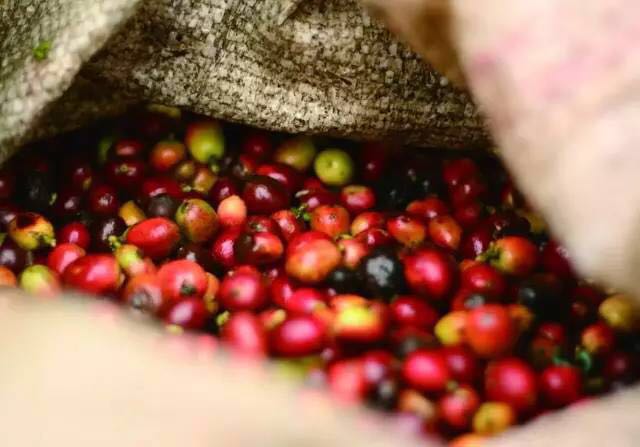
The characteristics of Antigua coffee in Guatemala, the flavor and characteristics of Guatemala.
Guatemala is a big coffee producer in Central America, ranking eighth in the world in terms of output. Guatemala, whose name comes from the Mayan language, means thelandofmanytrees, the country of the forest. Located in Central America, it is known as the pearl in the crown of China and the United States. Although Guatemala has a limited land area, it has a rich and diverse climate. Countries famous for lakes and volcanoes, volcanic soil, precipitation,
- Next
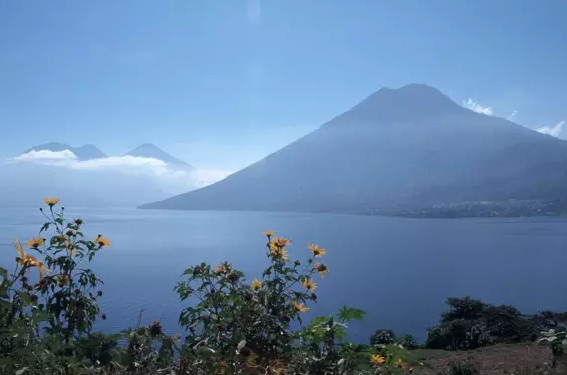
An introduction to the four major producing areas and manors in Guatemala-- Raminita Manor in Miniguo Heights
To really understand the flavor changes and product differences of coffee beans is to understand the production place and growers, different manors with different flavors, or different flavors on different hills of the same manor, and the story behind each coffee bean is what the fragrance wants to know. It can be traced back to which plot of the estate where the beans came from, or which cooperative or which farmer, chasing the flavor of the region. To
Related
- Detailed explanation of Jadeite planting Land in Panamanian Jadeite Manor introduction to the grading system of Jadeite competitive bidding, Red bid, Green bid and Rose Summer
- Story of Coffee planting in Brenka region of Costa Rica Stonehenge Manor anaerobic heavy honey treatment of flavor mouth
- What's on the barrel of Blue Mountain Coffee beans?
- Can American coffee also pull flowers? How to use hot American style to pull out a good-looking pattern?
- Can you make a cold extract with coffee beans? What is the right proportion for cold-extracted coffee formula?
- Indonesian PWN Gold Mandrine Coffee Origin Features Flavor How to Chong? Mandolin coffee is American.
- A brief introduction to the flavor characteristics of Brazilian yellow bourbon coffee beans
- What is the effect of different water quality on the flavor of cold-extracted coffee? What kind of water is best for brewing coffee?
- Why do you think of Rose Summer whenever you mention Panamanian coffee?
- Introduction to the characteristics of authentic blue mountain coffee bean producing areas? What is the CIB Coffee Authority in Jamaica?

